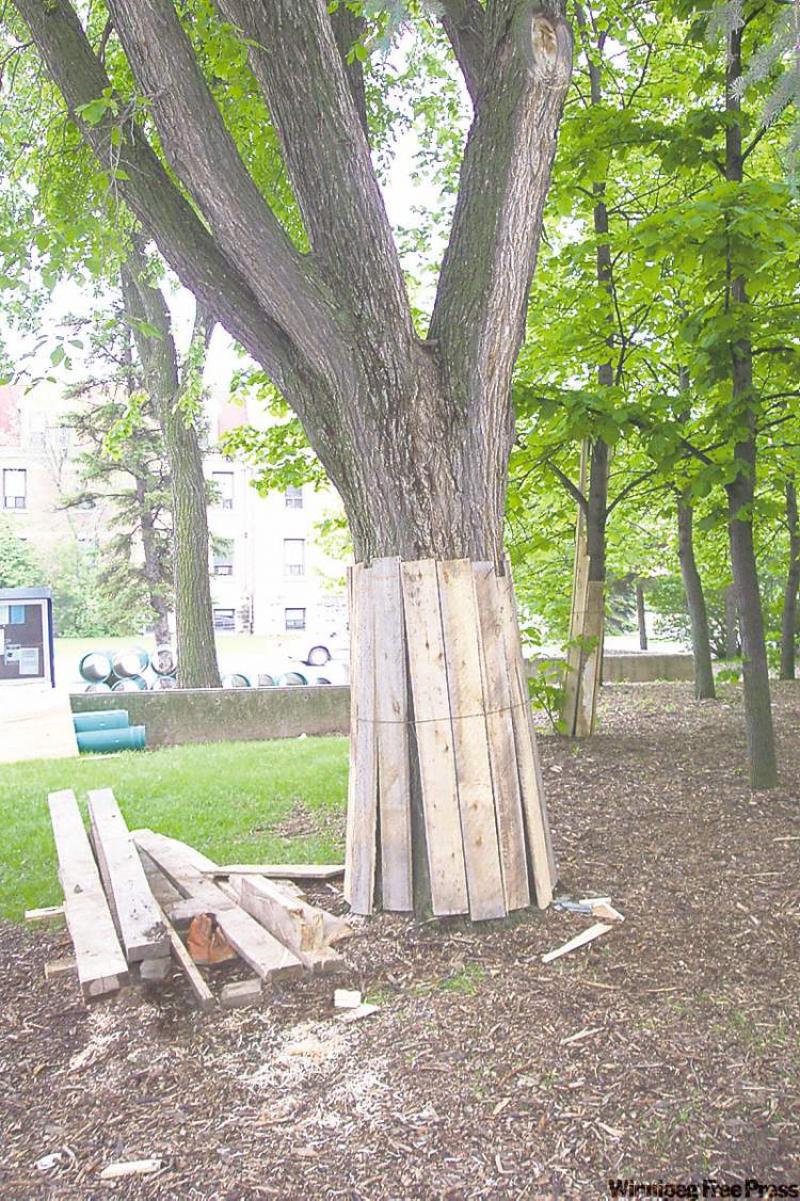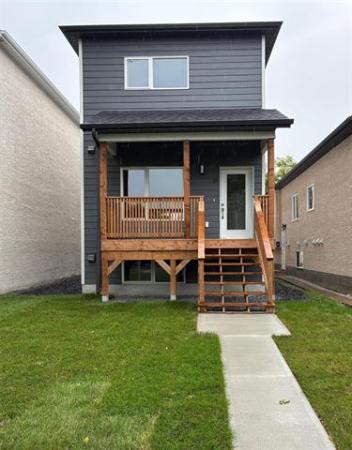
Inevitably, people need to add a room or a garage to their homes. There are trees nearby. New houses are built into treed areas.
In many instances, the owners of these homes want to keep trees that are close to the construction as part of their future enjoyment of their homes. However, the effects of construction can leave a tree's trunk and branches badly damaged. That is the damage that is seen above the ground. Repeated movement of construction equipment operating under the branches can compact the soil to such a great extent the roots can no longer function properly.
In some instances, excavating equipment has dug out a substantial volume of soil, including a good portion of the tree's roots. Typically, the tree is left for another year. Come spring, the property owner notices the tree is no longer in full leaf or, even worse, it is dead. That is not the scenario they had hoped for.
In clay soils, tree roots in an oak extend a distance away from the trunk equal to half the height of the tree. The entire area swept out by the radius equal to that distance is underlain with a vast network of very fine feeding roots 15 to 20 centimetres below the ground, except where buildings and impervious surfaces are located. Overall, the tree's roots do not penetrate below one metre under the ground surface. How could a property owner have protected his or her tree or trees?
Before any construction occurs, a plan for tree protection must be put together. If a basement excavation must come within 2.4 metres of a tree, there is a good chance nothing practical can be done to save the tree. Unfortunately, trees that are well away from the actual construction die because of needless destruction of the sensitive root feeding area.
Here's a checklist:
1) Prune lower branches that will be in the way of construction equipment, having a known height of clearance dimension. This pruning should be done by a professional Manitoba licensed arborist.
2) All trees in the vicinity of the construction area should have their trunks protected with 2-by-8 planking, with each plank wired securely to each other. This assembly of planks should be placed around the trees' trunks. The planking should extend up to the lowest branch. This will protect the trees from receiving glancing blows from the construction equipment.
Ideally, a sturdy fence should be installed to isolate the root protection zone so that equipment does not needlessly travel across this area, thereby damaging roots. If at all possible, this zone should at least be set at the drip line of the crown. For coniferous evergreen trees, install the barrier at least 1.8 metres away from the lowest set of boughs.
3) Roots that are to be removed should be exposed first and then cut with a chain saw. They should never be ripped out of the ground with excavators as this operation can rip the bark up from the roots, thereby marring the tree's appearance. Be sure the protective fence barrier is maintained at all times.
4) If heavy equipment is going to be in the area under the trees, it is recommended you first place a thick (10 centimetres) gravel "cushion" underlaid with geotextile cloth to ease the bearing pressure of this equipment. This helps prevent crushing the sensitive roots.
5) All excavated soil should be piled well away from trees. Piled soil around trees needlessly weakens or kills them.
Once construction is finished and all equipment is taken away, consider properly aerating, fertilizing and water the tree roots under the construction area. A high phosphorus fertilizer such as 10-52-10 should be used by a professional tree fertilizing contractor. I can provide a short list of contractors if required.
Michael Allen is a consulting urban forester and certified I.S.A. arborist and owner of Viburnum Tree Experts. He makes house and garden visits to assess tree and shrub problems. He can be contacted by calling 831-6503 or by e-mail at viburnumtrees@shaw.ca You can also mail questions to Michael Allen, c/o Newsroom, Winnipeg Free Press, 1355 Mountain Ave., Winnipeg, MB, R2X 3B6. His website is www.treeexperts.mb.ca



